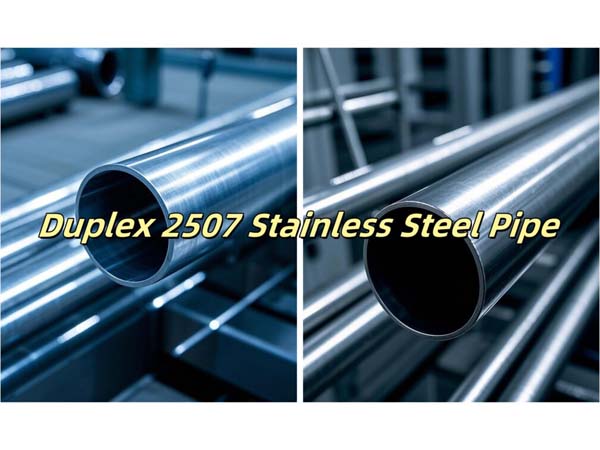
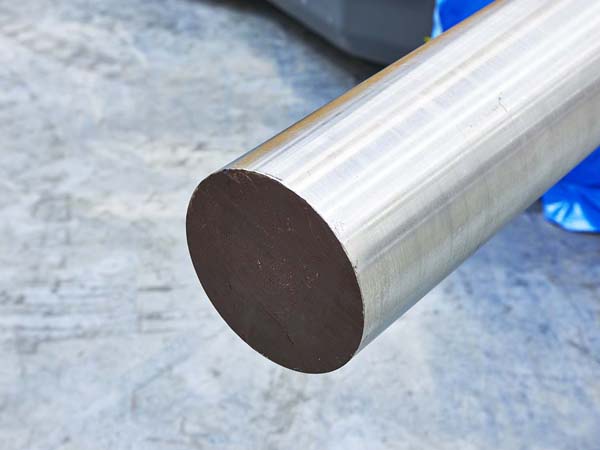
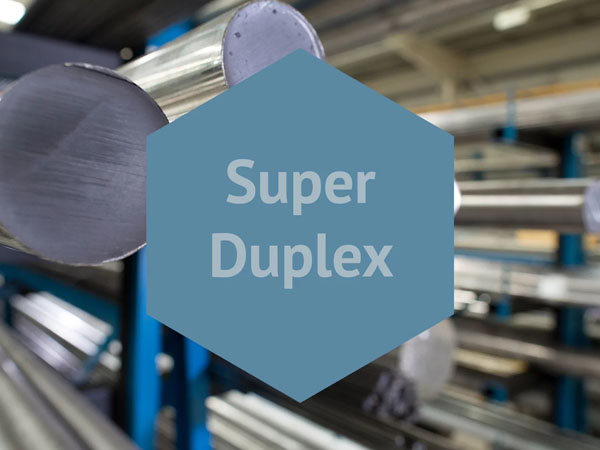
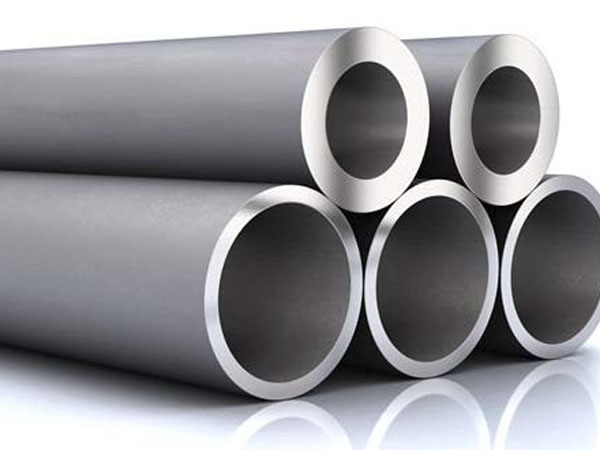
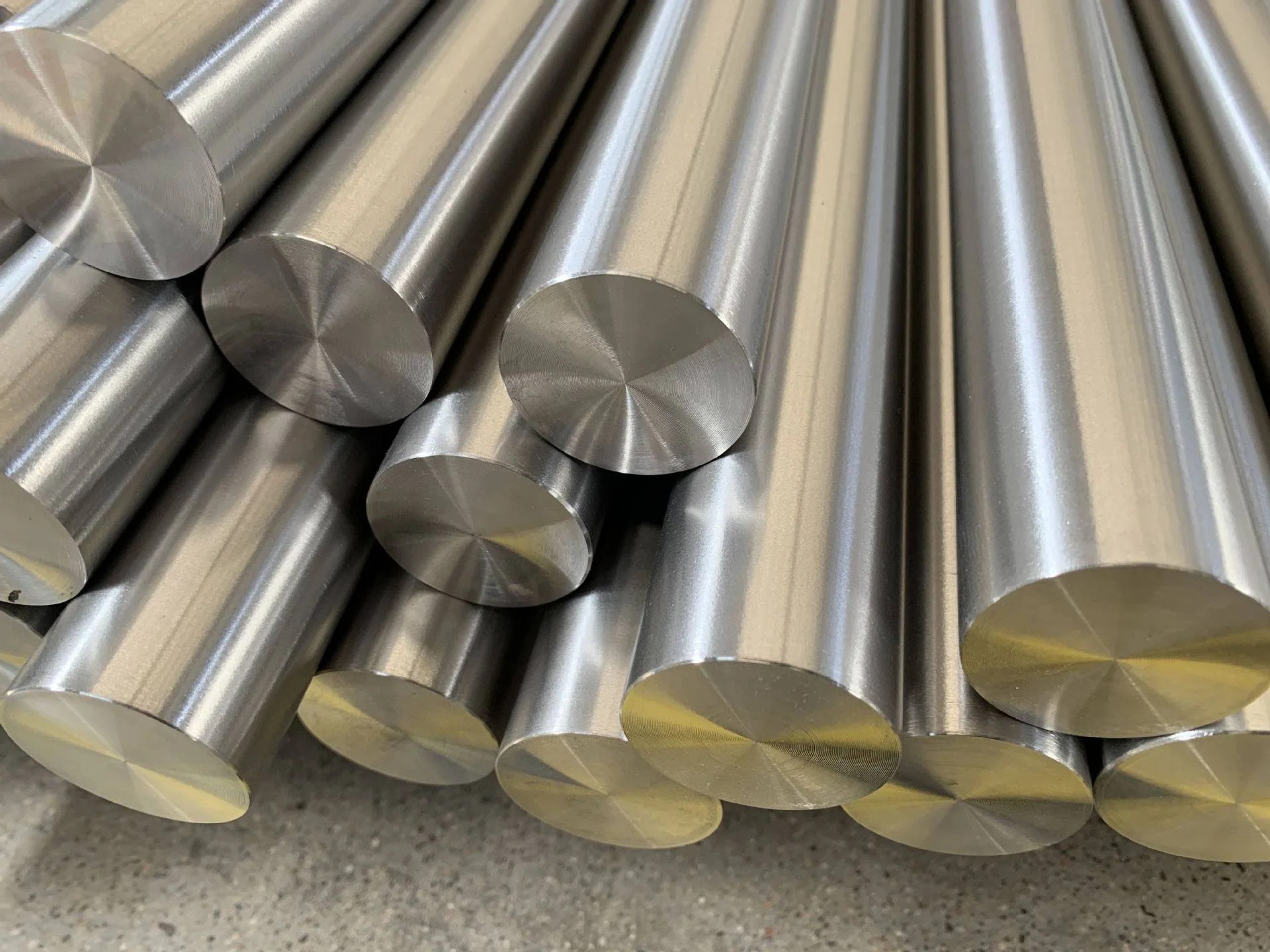

Phone
+86-731-82250427
Address
25th floor, C3 Building, Wanda Plaza, Kaifu District, Changsha, Hunan Province, China.
 Jun 20 2024
Jun 20 2024In the quest for clean and safe water, modern water treatment systems have evolved significantly, incorporating advanced materials and technologies to ensure the highest standards of water quality. Among these materials, stainless steel stands out as a cornerstone in the design and operation of efficient and reliable water treatment facilities. Its exceptional properties make it an ideal choice for various applications within the water treatment sector.
Durability and Longevity
Stainless steel is renowned for its durability and longevity, which are crucial attributes in water treatment environments. The material's resistance to corrosion, even in harsh conditions, ensures that it can withstand constant exposure to water, chemicals, and varying temperatures without degrading. This durability translates to longer lifespans for equipment and infrastructure, reducing the need for frequent replacements and lowering maintenance costs.
Corrosion Resistance
One of the primary challenges in water treatment is the corrosive nature of water and the chemicals used in the purification process. Stainless steel's exceptional corrosion resistance makes it an invaluable asset in this regard. Whether it's in pipelines, tanks, or filtration systems, stainless steel can endure the corrosive effects of chlorine, ozone, and other disinfectants, ensuring the integrity and reliability of the water treatment process.
Hygienic Properties
Maintaining high standards of hygiene is critical in water treatment to prevent contamination and ensure safe drinking water. Stainless steel's smooth, non-porous surface is easy to clean and sanitize, minimizing the risk of bacterial growth and biofilm formation. This hygienic property is particularly important in components such as filtration membranes, storage tanks, and distribution pipes, where cleanliness is paramount.
Strength and Versatility
The strength of stainless steel allows it to be used in various structural and functional components within water treatment systems. Its ability to withstand high pressures makes it suitable for use in pumps, valves, and pressure vessels. Additionally, stainless steel can be fabricated into complex shapes and structures, offering versatility in design and application. This adaptability is essential for creating customized solutions tailored to the specific needs of different water treatment plants.
Environmental Sustainability
As the world increasingly focuses on sustainability and environmental responsibility, stainless steel's recyclable nature adds another layer of appeal. Stainless steel is 100% recyclable, and its recycling process does not degrade its quality. This means that stainless steel used in water treatment infrastructure can be repurposed and reused, contributing to a circular economy and reducing the environmental footprint of the industry.
Case Study: Stainless Steel in Action
Consider the case of a large municipal water treatment plant that recently upgraded its infrastructure to incorporate more stainless steel components. The plant replaced old, corroded iron pipes with stainless steel pipes, resulting in a significant reduction in maintenance downtime and costs. Additionally, the use of stainless steel in their filtration systems improved water quality and ensured compliance with stringent health standards. The plant's decision to invest in stainless steel has not only enhanced its operational efficiency but also secured the safety and reliability of its water supply for the community.
Conclusion
In conclusion, stainless steel plays a pivotal role in modern water treatment systems, offering unmatched durability, corrosion resistance, hygienic properties, and environmental benefits. Its application across various components of water treatment infrastructure ensures the delivery of clean, safe, and reliable water. As the demand for high-quality water treatment solutions continues to grow, stainless steel will undoubtedly remain a key material in the pursuit of better water management and sustainability. Embracing stainless steel in water treatment is not just a choice for the present but a commitment to a healthier, more sustainable future.
